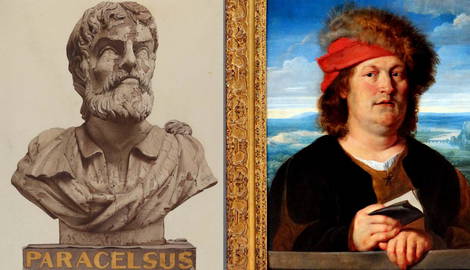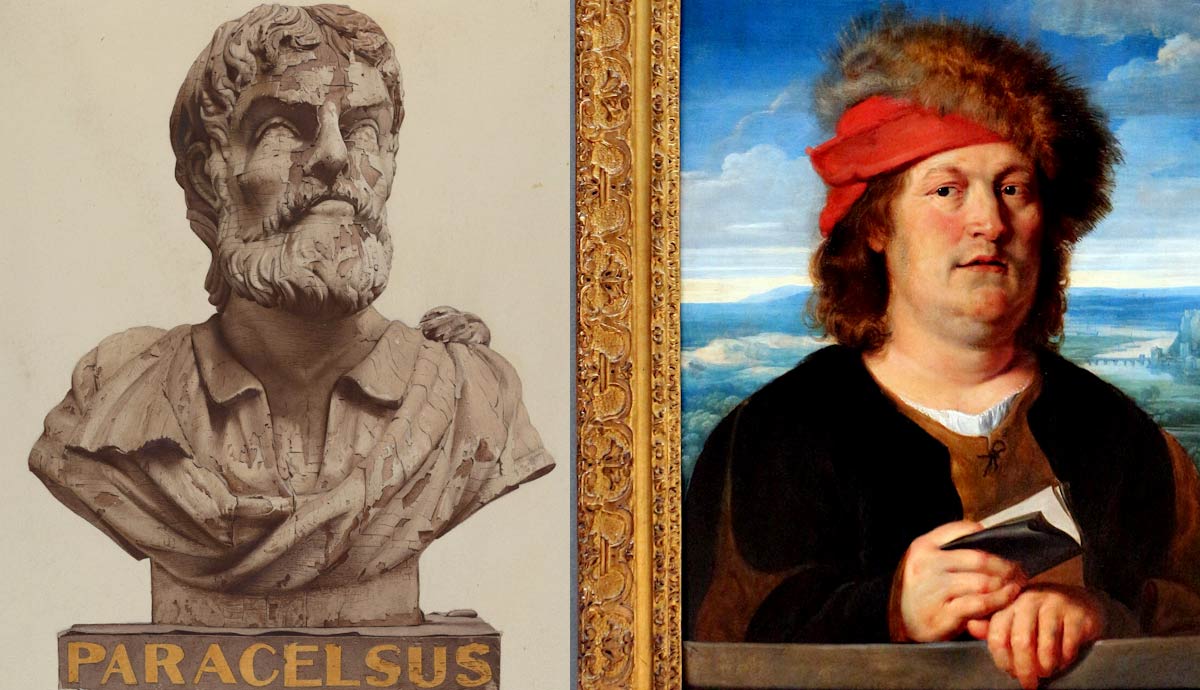
Few names have incited as much debate as Paracelsus. Such is the destiny of polymaths and revolutionaries. Paracelsus goes by many names: the father of chemistry, the Luther of Medicine, and the godfather of modern chemotherapy. His work, which was mostly published after his death, is an encyclopedic exploration of the universe, God, diseases, and immortality. Paracelsus defies interpretation by his shuffling of science, experiment, and esoteric ideas. He remains the most relevant Renaissance alchemist.
11. Paracelsus Was Not a Traditional Alchemist
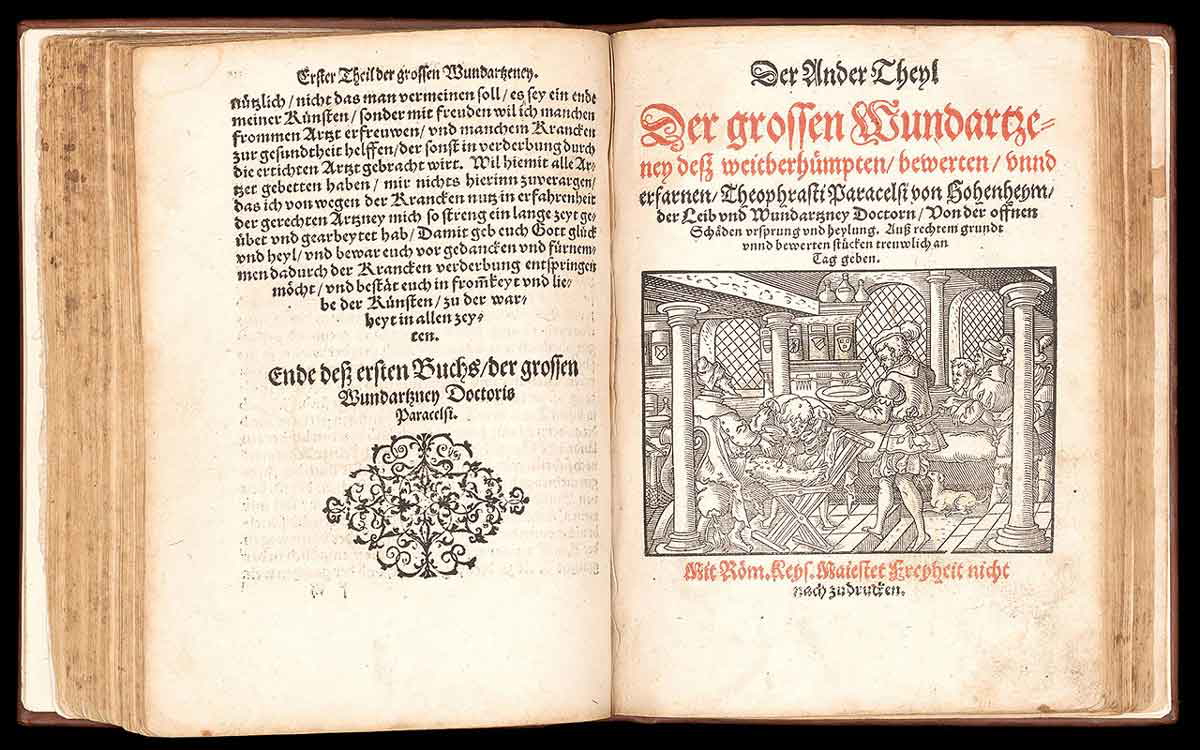
The impact of Paracelsus stems from an essential quality that he had: he defied tradition without discrediting it and he upgraded through his holistic views. From the practice of past alchemists, he learned a great deal about the nature of substances and their artificial and natural transformations. Paracelsus went beyond the transmutation of metals into gold and sought to understand how minerals, gases, and their components could fit his system of pathology and medicine. That being said, he never denied the validity of spiritual factors and had a deep belief in the influence of the stars, God, and superstitions.
10. Paracelsus is an Alias
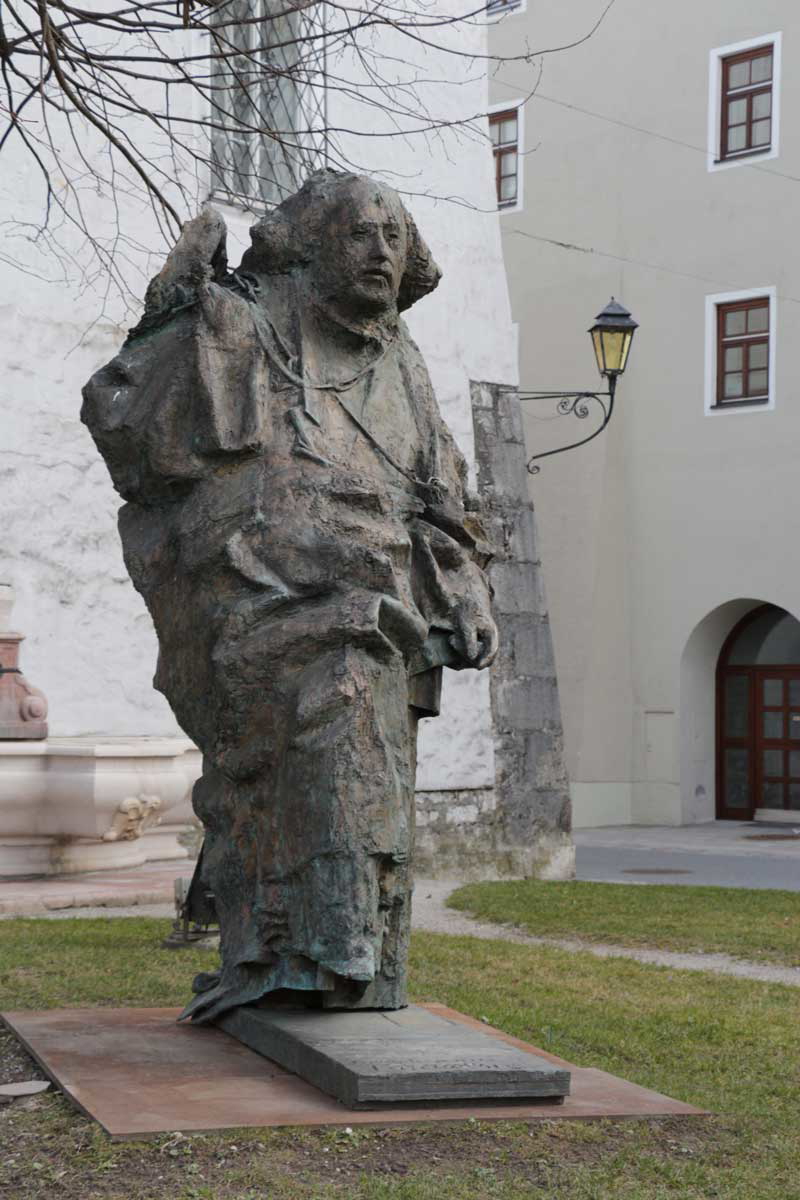
Philippus Aureolus Theophrastus Bombastus von Hohenheim (1493/1494-1541) was born in Einsiedeln, a Swiss mountain village. It was not until 1537 that the name Doctor Paracelsus was put on a medical treatise. Most historians, however, consider that it was not Paracelsus himself who came up with his nickname, but rather his pupils and followers. Paracelsus, however, similarly possessed a less flattering nickname: his detractors called him Cacophrastus. His sobriquet, Paracelsus, is most probably a Latinized reference to his German name. Hohen means high and heim means home. Another origin story for his name says that it stems from his emulation of Celsus, who was a first-century AD Roman physician famous for his anti-church convictions. Paracelsus would then mean beyond or above Celsus.
9. His Upbringing Was Essential to His Intellectual Development

Paracelsus’s parents came from different social ranks: his father was the illegitimate son of a noble family (the Bombasts), while his mother worked as a servant at a cloister. This meant the son inherited the lower status of his mother. However, that did not affect his upbringing much. His father, Wilhelm, practiced medicine as a licensed physician in Einsiedeln and in the Austrian province of Carinthia. From him, Paracelsus learned basic pharmacy and developed a passion for treating disease. His mother died when he was only ten, so the young Theophrastus grew up close to his father. Paracelsus then got his degree at the University of Ferrara in Northern Italy, as a doctor of both medicine and surgery.
8. His Travels Greatly Influenced His Work
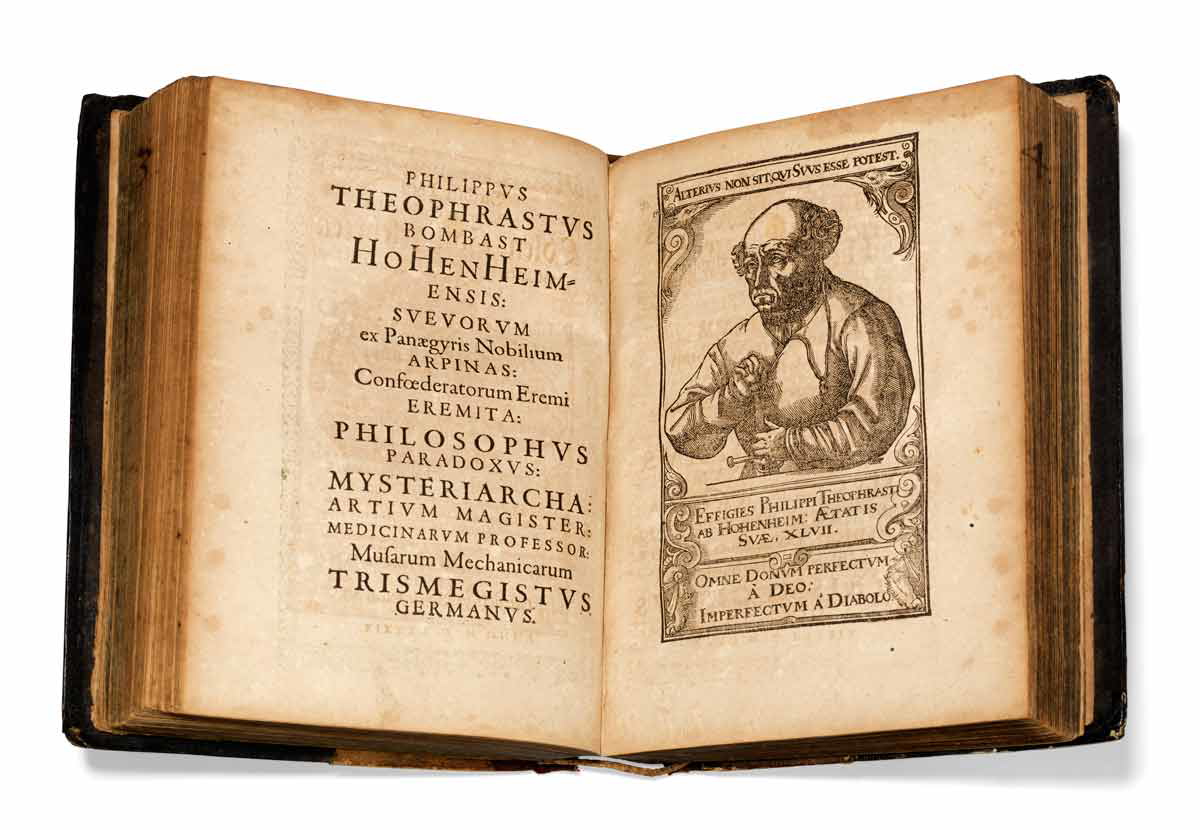
Before he got his medical degree in Ferrara and started teaching and working in Basel, he was an itinerant scholar, going from German to French and Spanish universities. His precocious iconoclasm prevented him from settling in any of the university cities and only fuelled his discontent regarding the academic establishment.
Apart from the nearby areas like Alsace, Bohemia, and Austria, he is said to have visited England, Scandinavia, Russia, and, shockingly, even Turkey and the Middle East. In Scandinavia, he was allegedly working as a military surgeon in the service of Christian II of Denmark. As an army surgeon, he was involved in many of the wars waged in Europe between 1517 and 1524.
During the Renaissance, active interference with the sick body was regarded as a form of treatment that was beneath the dignity of a physician. A surgeon was therefore perceived as a craftsman with no grasp of theory and it was a job usually assigned to barbers. Paracelsus begged to differ, however. Medicine alone was just a philosophical insight into the workings of the body and surgery was the cure. Moreover, he claimed that there can be no surgeon who is not a physician. His army days gave Paracelsus a firm belief that medicine should be interventionist,
7. He Burned Avicenna’s Book Publicly

When the municipal council of Basel appointed him as a university professor, Paracelsus put on a show. After refusing the official reception, he challenged the medicine faculty through a manifesto. In this manifesto, he swore to teach practical and theoretical medicine for two hours every day, but in a way that was not based on the academic curriculum. Therefore, he would not be teaching Hippocrates and Galen, but a new empirical kind of medicine developed through observation, experience, and the secrets of nature.
He also made it clear he would not be teaching Avicenna’s Canon of Medicine either. He finished the proclamation with a solemn bonfire on which he put the very large school book. Soon after the other faculty professors tried boycotting his lectures and contesting his qualifications. Paracelsus persisted and defied the norms in endless ways. He even taught in the German Vernacular instead of Latin. His Basel lectures went on for ten months.
6. Paracelsus’s New Medicine Defied Censorship and Scandal

Between 1529 and 1530, Paracelsus put together his main medical treatise called Paragranum (translated as beyond the grain). Paragranum describes the four-pillar system of medicine. The four pillars of medical practice should be natural philosophy, astronomy, alchemy, and virtue.
His theory of medicine was not controversial only due to its novelty. Paracelsus’s drug treatments generated popularity. The efficacy of his drugs earned him fame as far as the Ottoman Empire. Even those who regarded him as an imposter were fascinated by his new treatment methods. What Paracelsus prescribed to patients were potent chemical formulae. Going beyond Galenicals, the usual medical concoctions that physicians previously administered, Paracelsus used (al)chemical procedures to better extract the active substance from known healing herbs.
His iatrochemistry (the name he gave his chemical medicine) went even further. Beyond distilled herbs, he employed mercury, arsenic, and antimony. Paracelsus considered that in the right dosage, these potent substances were not poisonous. Instead of operating on the humoral medicine of the ancient physicians, Paracelsus proclaimed that the cause of the disease was external. Rather, it originated with poisons from the environment.
5. Paracelsus Had a Revolutionary Approach to Mental Health Too
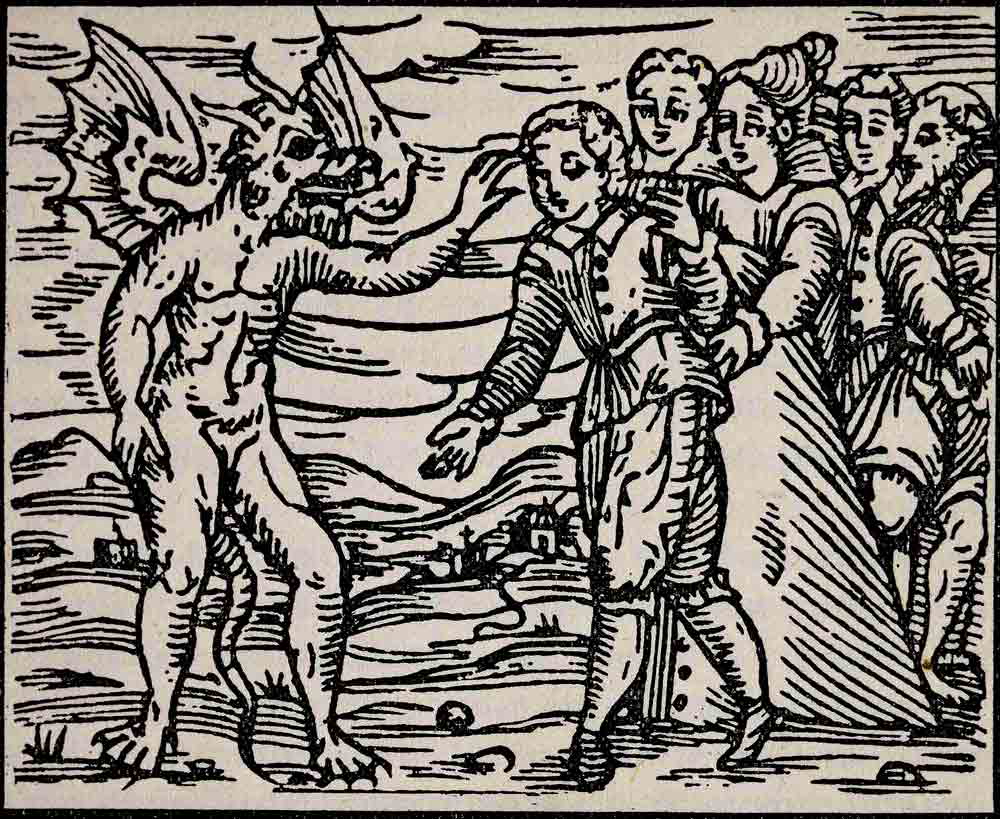
Despite always lending an ear to folklore and popular mentalities, Paracelsus did not agree with the common notions of mental illness. Even as late as the Renaissance, mental ailment was thought to be caused by the Devil. It was thought that the sickness as such was inflicted to either tempt people or to punish them.
Some historians speculate that his different perspective on mental illness was determined by Paracelsus’s own struggle. Indeed, his rash behavior, self-harm, blind rage, and periods of manic activity may point to a manic-depressive disorder. Bypassing the theologizing interpretation that even men of science gave, Paracelsus thought of mental illness as a disease that steals the reason. He also dug deeper into mania, epilepsy, and addiction. He wanted to cure mental illness the same way he would treat other body conditions.
4. Astrology Had a Crucial Place in His Philosophy

Paracelsus thought that divine power revealed itself to man through the stars. The power and role of man was to decode such communication and share it with the rest. This relationship, however, he conceived to be reciprocal.
A human man was seen as a microcosm operating within the macrocosm, where both spheres interacted with and influenced each other. Paracelsus’s astrological convictions went hand in hand with his theological assumptions.
In an almost pantheistic way, Paracelsus considered that God created disease as a part of Nature and that the cures were revealed to Man over time. In his philosophy, all cures of disease would be revealed before the end of time.
3. Paracelsus Wrote a Treatise on Fairies
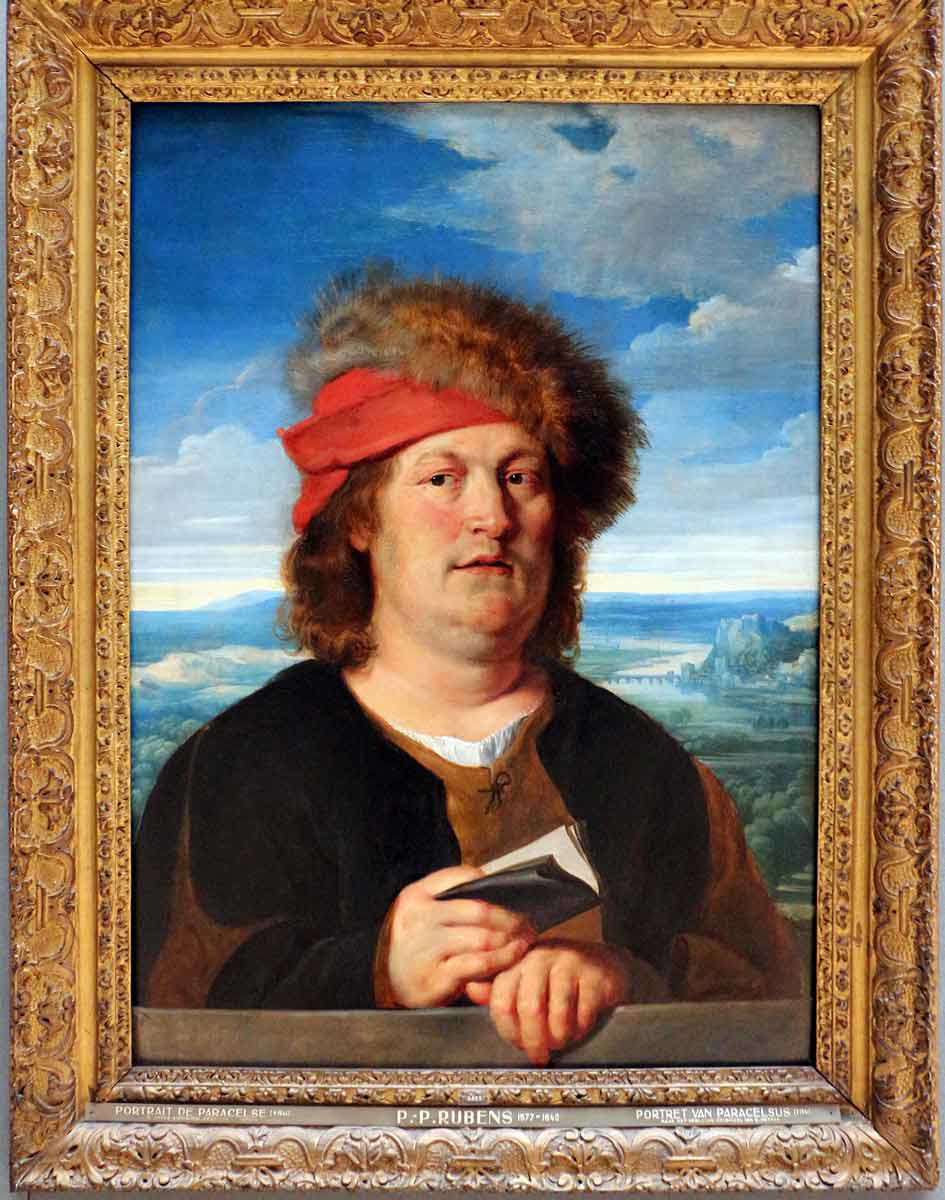
The treatise Of Nymphs, Sylphs, Pygmies and Salamanders and of Other Spirits is a delightful read, written in the style of fairytales. It is, much like Paracelsus’s other writings, a result of his extensive travel around Europe.
Interestingly, while trying to structure the odd creatures, Paracelsus invents the names for them. Scholars have determined that the neologism gnome is first mentioned in Paracelsus’s treatise. In this book, Paracelsus tried to explain how beasts such as the ancient giants emerged in the world. He considered them to be a hybrid species born out of men and animals. In an effort to establish a taxonomy, he wrote that nymphs lived in water, sylphs lived in the air, pygmies on earth, and salamanders in fire. He explained that all of these beings lived through these elements and got energy out of them.
2. He Came Up With a Cure For Mortality
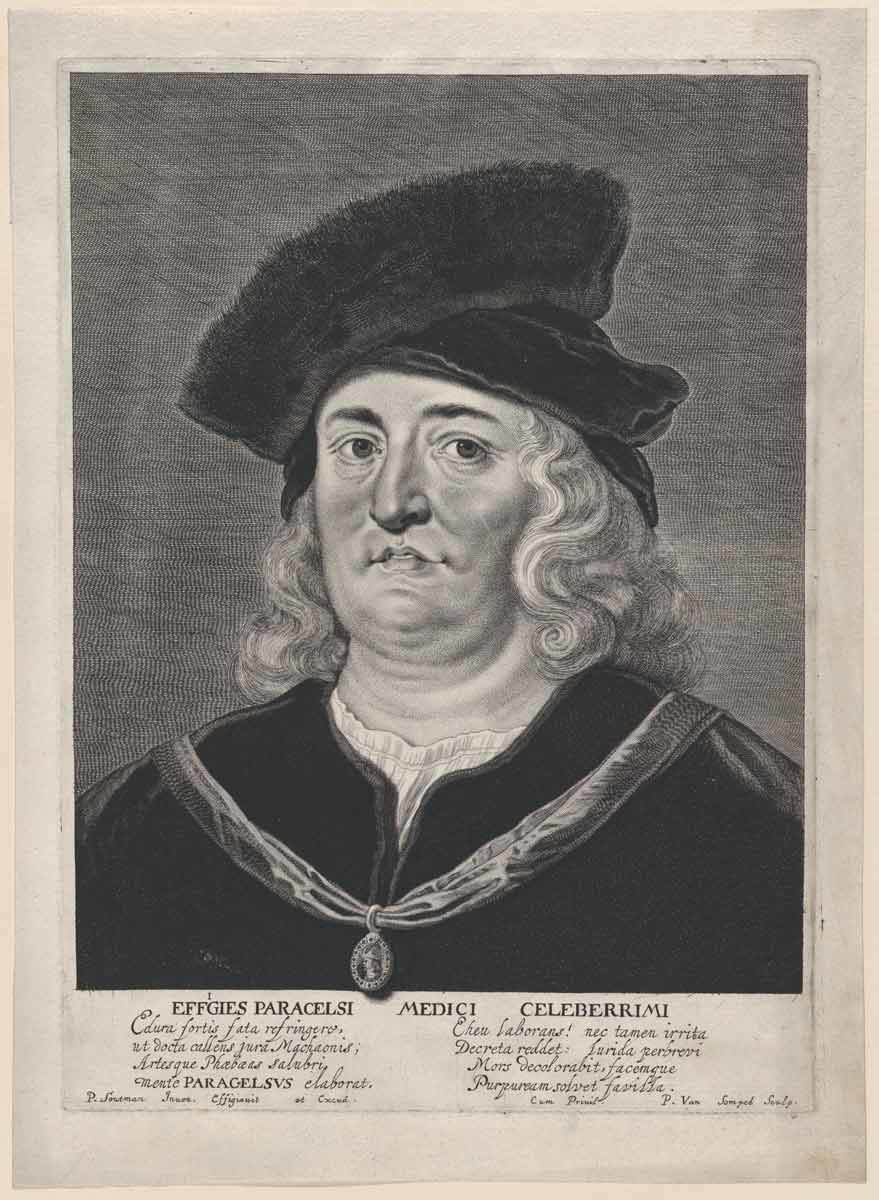
Paracelsus approached the question of immortality like a good physician and coded it in terms of extension. Paracelsus approximated that his cures could prolong life for up to 900 years. His nourishment that could prolong life came from the synchronization of pharmaceuticals, diet, environmental factors, and matters of mental health. Paracelsus in fact continued the musings of another Renaissance alchemist and philosopher called Cornelius Agrippa (1486-1535).
1. Paracelsus Did Medical Trials on Himself
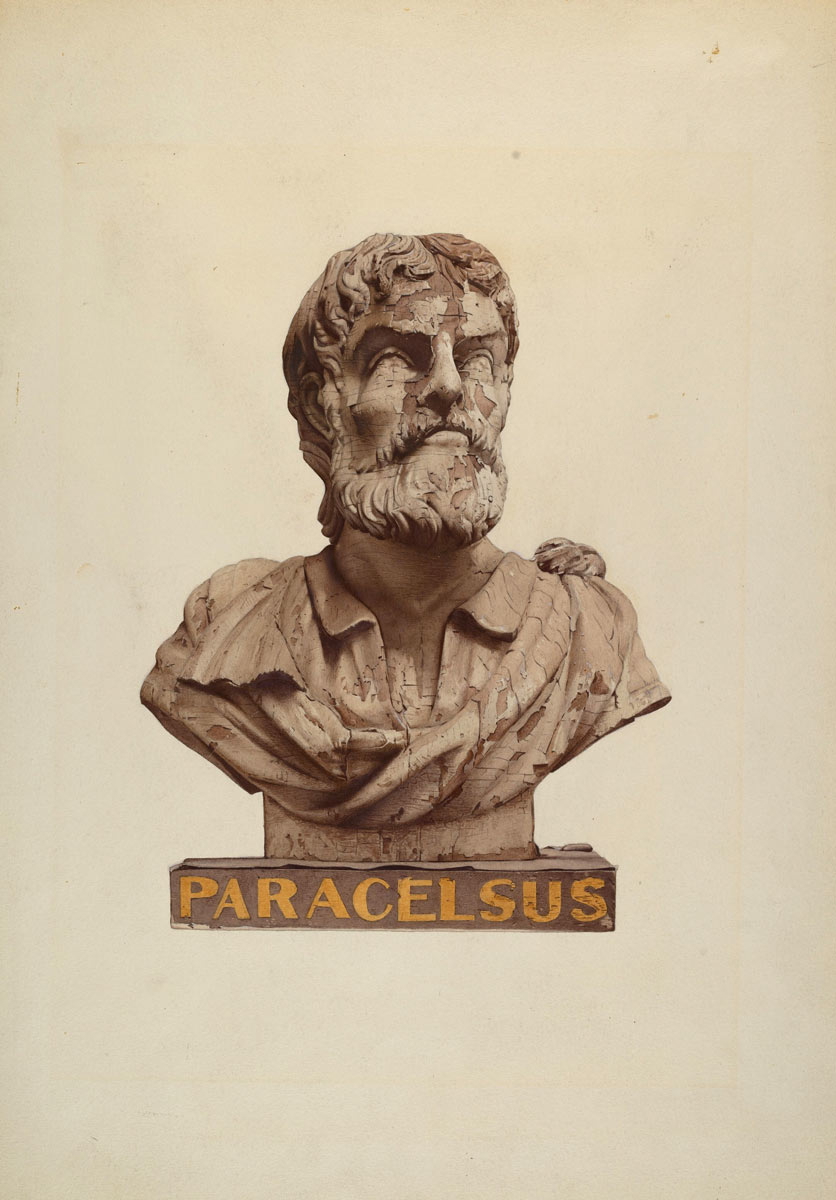
While his actual cause of death is hard to determine, chemical analysis of Paracelsus’s remains indicates high levels of toxicity. In fact, the levels are ten times bigger than the average. The results showed mercury poisoning. While highly controversial, mercury itself was the main substance employed in the treatment of syphilis before the vaccine was invented. Despite his premature and unfortunate demise, Paracelsus did provide the coming generations with dozens of effective chemical treatments.
